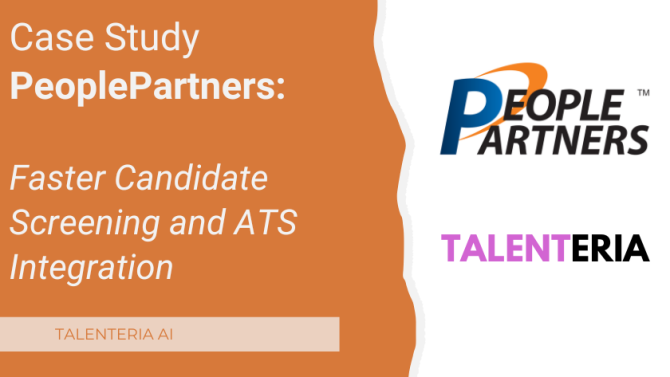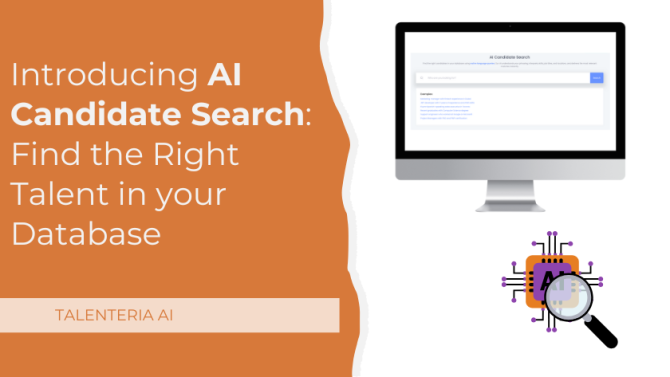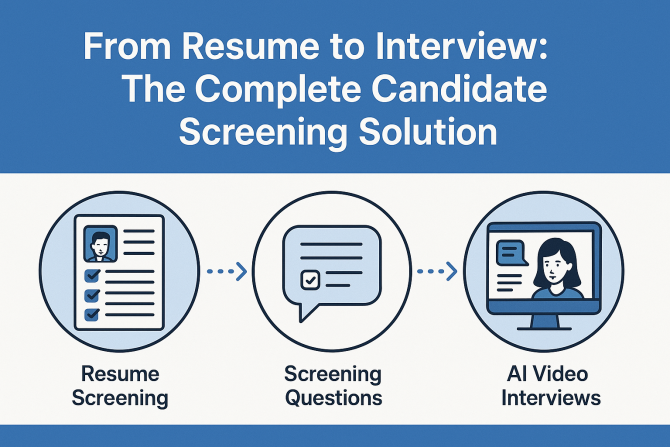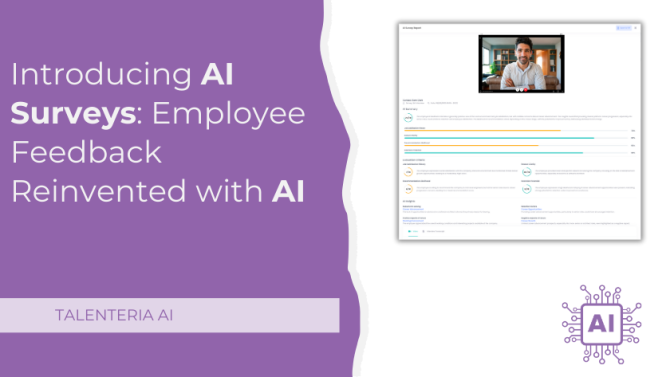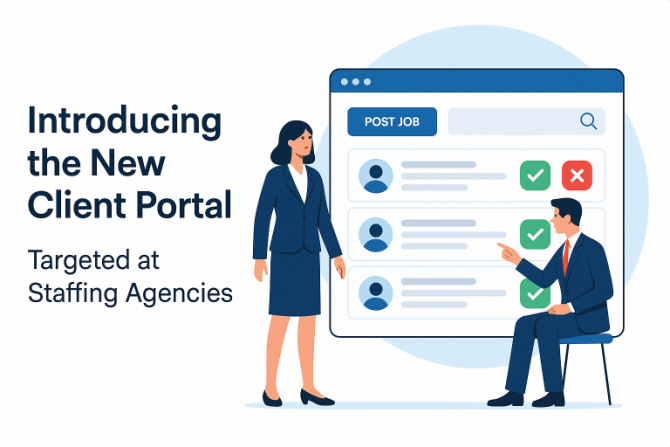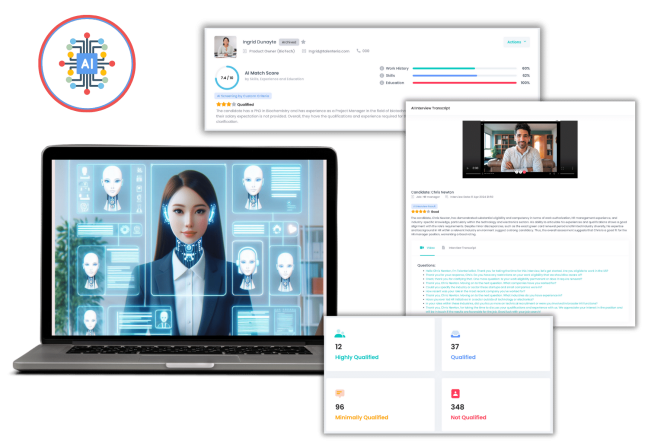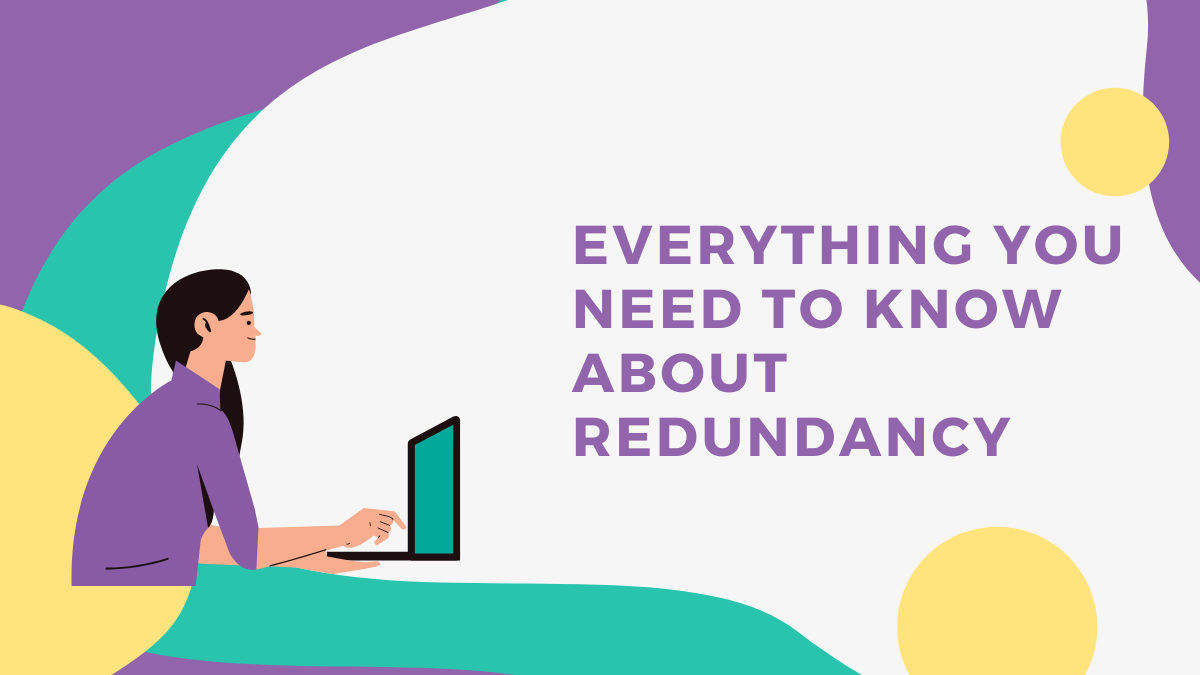
Redundancy is one of those words that you, as the HR manager, should strive not to mention aloud at the workplace. There is no better way to alarm your employees than to mention redundancies. Why is that? What is redundancy?
If you have such questions, then this article is for you. We will take you through everything you need to know about the term - and how to deal with all the aspects surrounding it. However, before we can go there, let us start at the beginning.
What Is Redundancy in the Workplace?
Redundancy refers to a situation when a company or an owner needs to let go of workers in order to reduce the size of the workforce. There are many reasons why this would be necessary, and below listed are a few of these:
- The advent and integration of new technologies can render some positions redundant. For example, thanks to the use of security cameras, the role of the security guard doing rounds has reduced considerably. With AI taking center stage now, the status quo is set to change once again.
- Cost-cutting and reduction of budgets lead to redundancies quite commonly. This could be because of a lack of profits coming in, or for any number of other reasons. By reducing the number of staff, there is a better chance that the company could pull through. The pandemic has resulted in this happening a lot.
- If the company needs to close down, redundancies are imminent around the board. If there is no company, there are no jobs. This is a situation that just can’t be helped.
- During mergers and acquisitions, when one company buys up another, there are bound to be redundancies. There will be an overlap of talents and staff between the two companies, and some people will have to be let go.
What Is the Difference Between Redundancy, Lay-offs, and Downsizing?
While the terms redundancies, lay-offs, and downsizing are often used interchangeably, there exist some distinctions between them. Redundancy, as you now know, refers to a situation where positions no longer need to be filled and thus people are let go; what about the others? Let’s find out.
In legal terms, a lay-off only occurs when an employee does not have enough work and is no paid as a result. Lay-offs only happen if it is a contractual clause and the employee agrees to it. Anything other than that doesn’t count.
Downsizing is a concept similar to redundancies in that it is a cost-cutting tactic, but here, many employees are let go at once. There are many reasons for this - availability of cheaper labor, economic downturn, etc. The performance of an employee usually has nothing to do with this.
How to Evaluate Potentially Redundant Roles
As an HR manager, there is a chance that you will have to handle redundancies a few times in your career. It will be a difficult process, but it is also unavoidable. This section is to help you prepare yourself for all such eventualities. Here, we will tell you how to evaluate and find which roles are (or will become) redundant.
It is important to note that this process is not personal. There should be no prejudice attached to the evaluation of redundancies whatsoever. It is hard enough for the employees who will be deemed so without personal feelings entering the fray. Take care to always be unbiased when making judgments and conclusions. That being said, here is what you should be on the lookout for:
- Skills and qualifications - or lack thereof
- Attendance record
- Disciplinary record
- History and standard of performance at work
- Success at work projects - or lack of them
Not all the employees you deem worthy of redundancy will agree with your assessment. In fact, many won’t. Make sure they have a way of appealing this. No decision should be unilateral, and you need to be judicious. Giving them a chance is only fair.
Best Practices for Handling Redundancy
As you can well see now, redundancies are a sensitive matter. Do not take them lightly. Redundancies come at a human cost, and this is a heavy price to pay. To ensure that the process goes through smoothly, you should take care to adhere to some of the accepted best practices. Below are given a few you should look into:
1. Positions Become Redundant, Not People
This is hugely important. In your haste to salvage the company, don’t forget that the people have done nothing wrong - most of the time. Redundancies occur when the positions themselves become obsolete, not when people lose value. People never lose value. Always keep this in mind when you evaluate redundant roles.
2. Establish Communication
People should know in advance the direction their life and career are about to take. There should be effective channels of communication open that notify the affected people of the changes in direction. They should be given a chance to make their own recommendations with regard to their work. Such consultations should be held without fail.
3. Offer Support to the Employee
Finally, redundancies result in letting people go who probably did nothing to deserve it. In such a situation, you should offer support to them in any way you can. Whether this takes the shape of counseling or health benefits should be up to the company, but people should get the help they need and an opportunity to find something to do for themselves before being let go.
Handle Redundancy With Talenteria
Redundancies can occur at any time. The pandemic offered numerous examples of this happening all across the globe. As an HR manager, you need to always be prepared to handle such a situation.
In the event that you need help managing a position that has become redundant, Talenteria offers the tools for doing so. Delete talent pools with ease - reach out to learn more.
